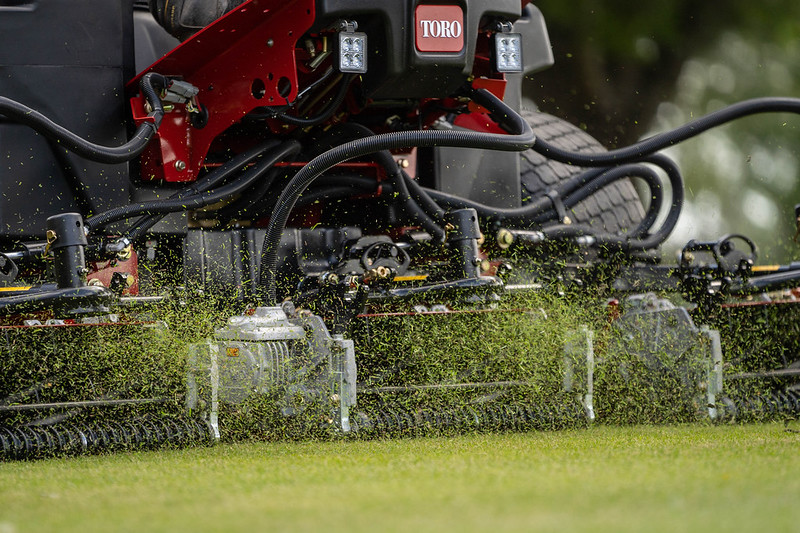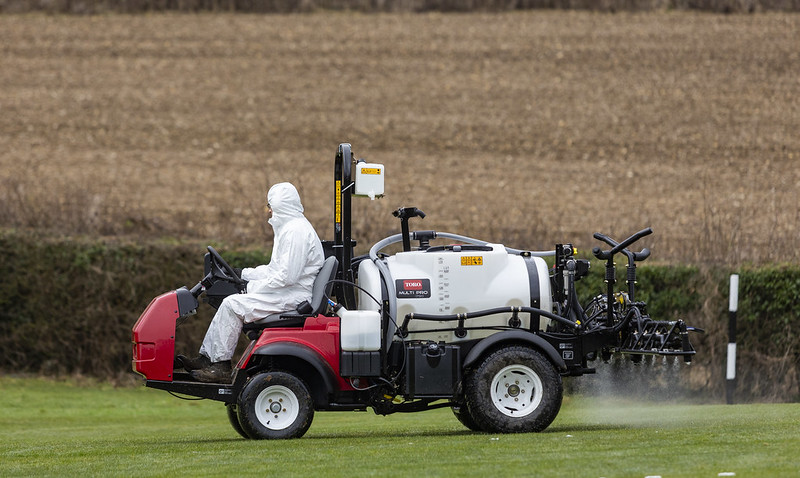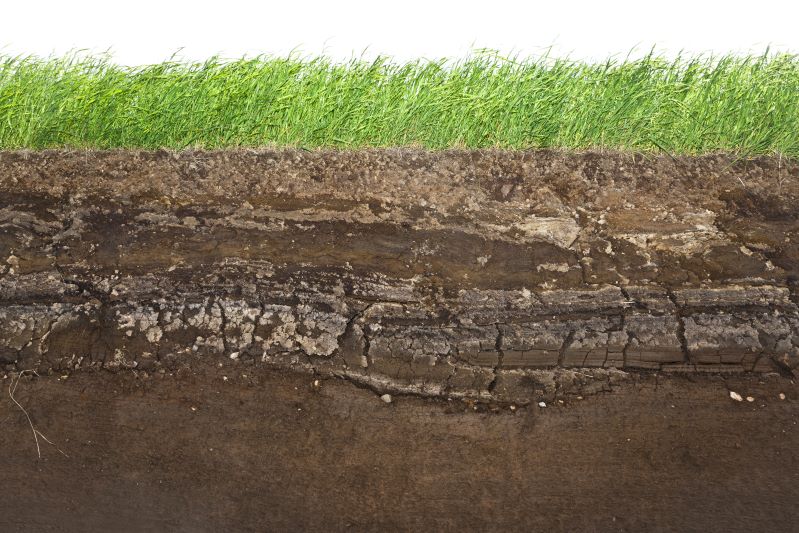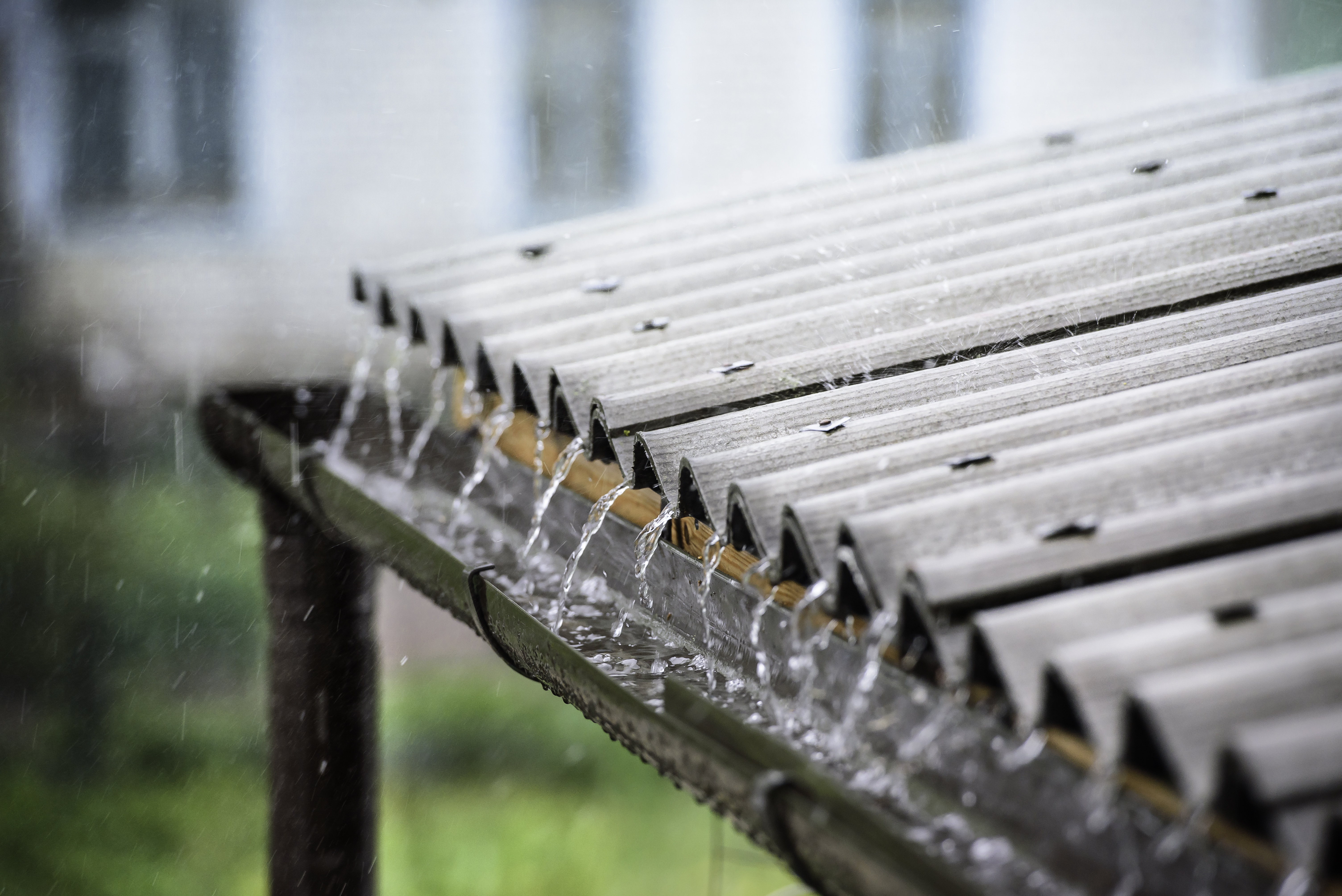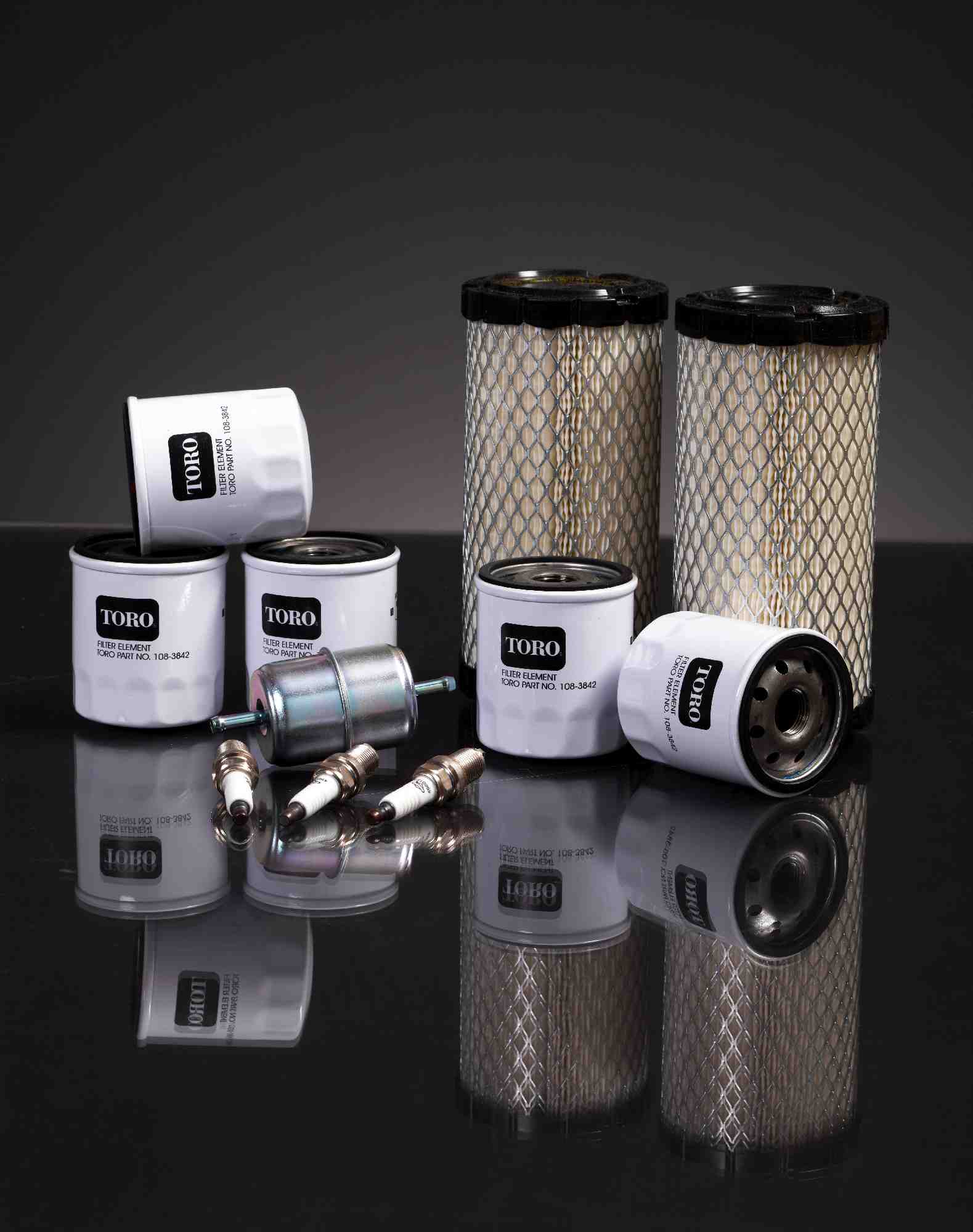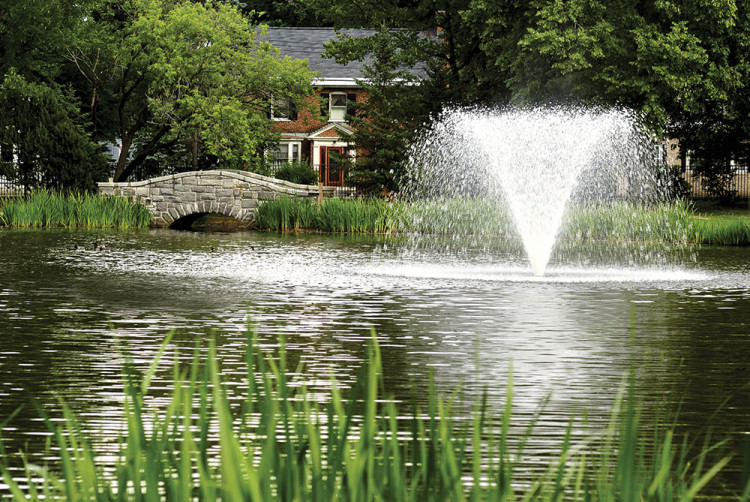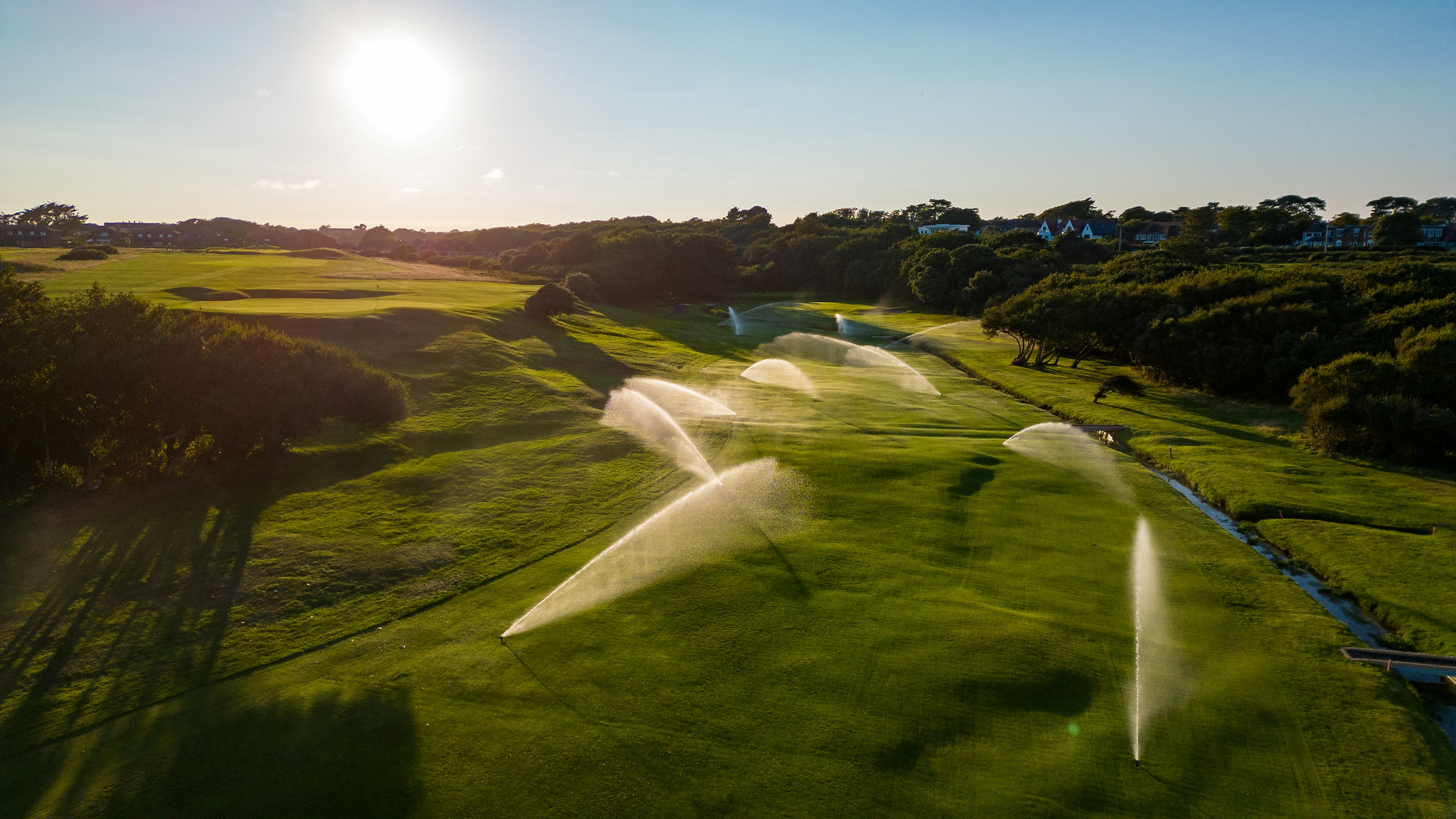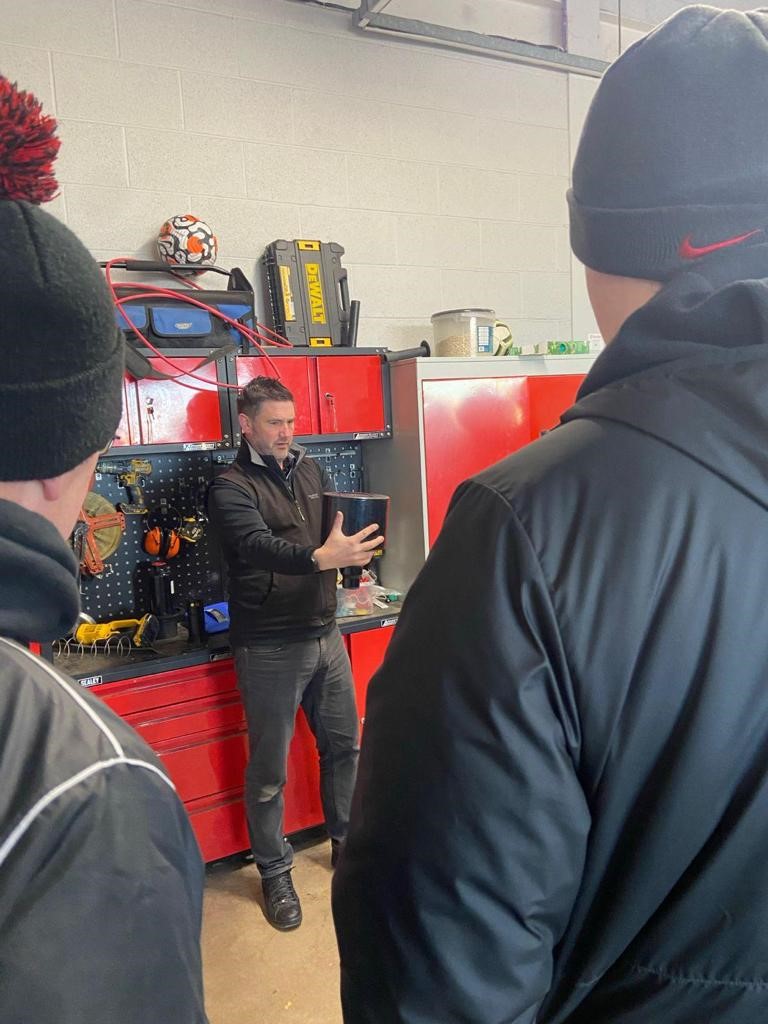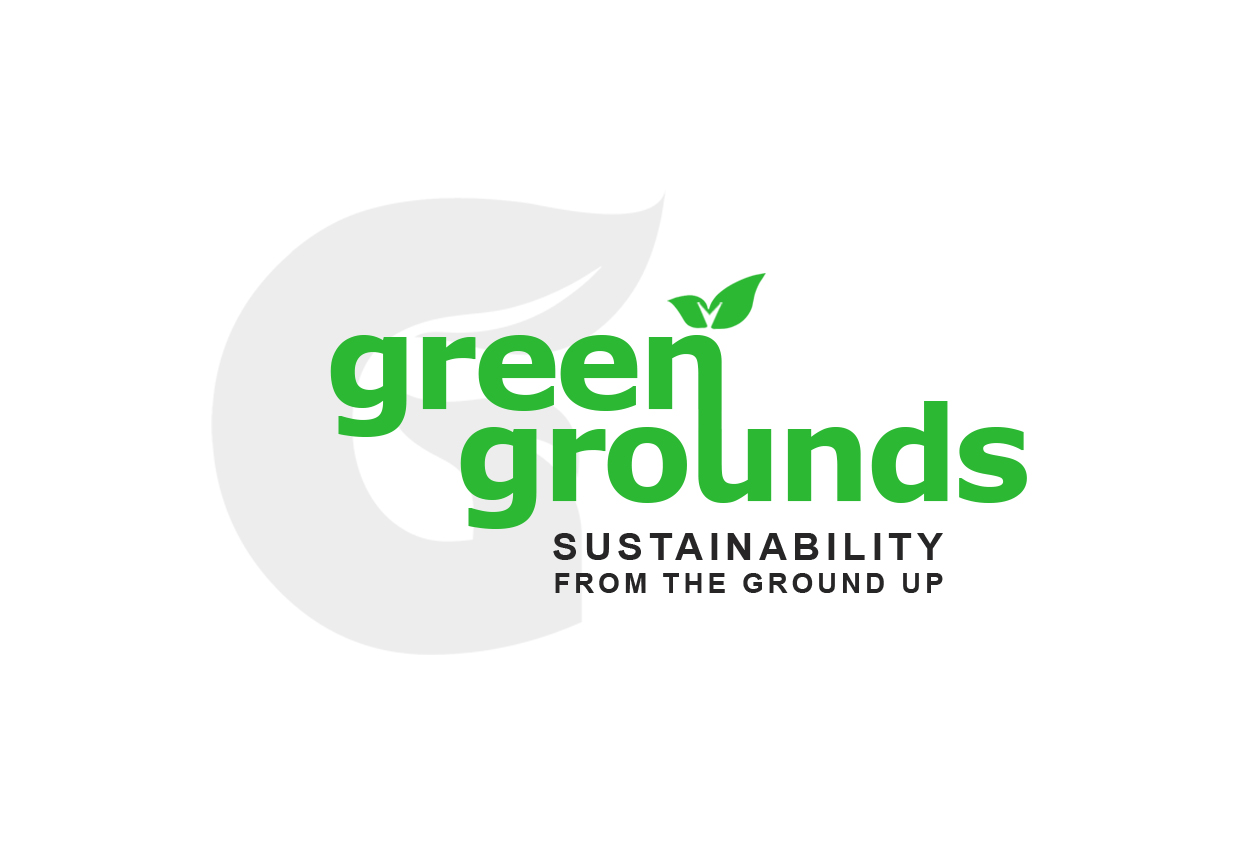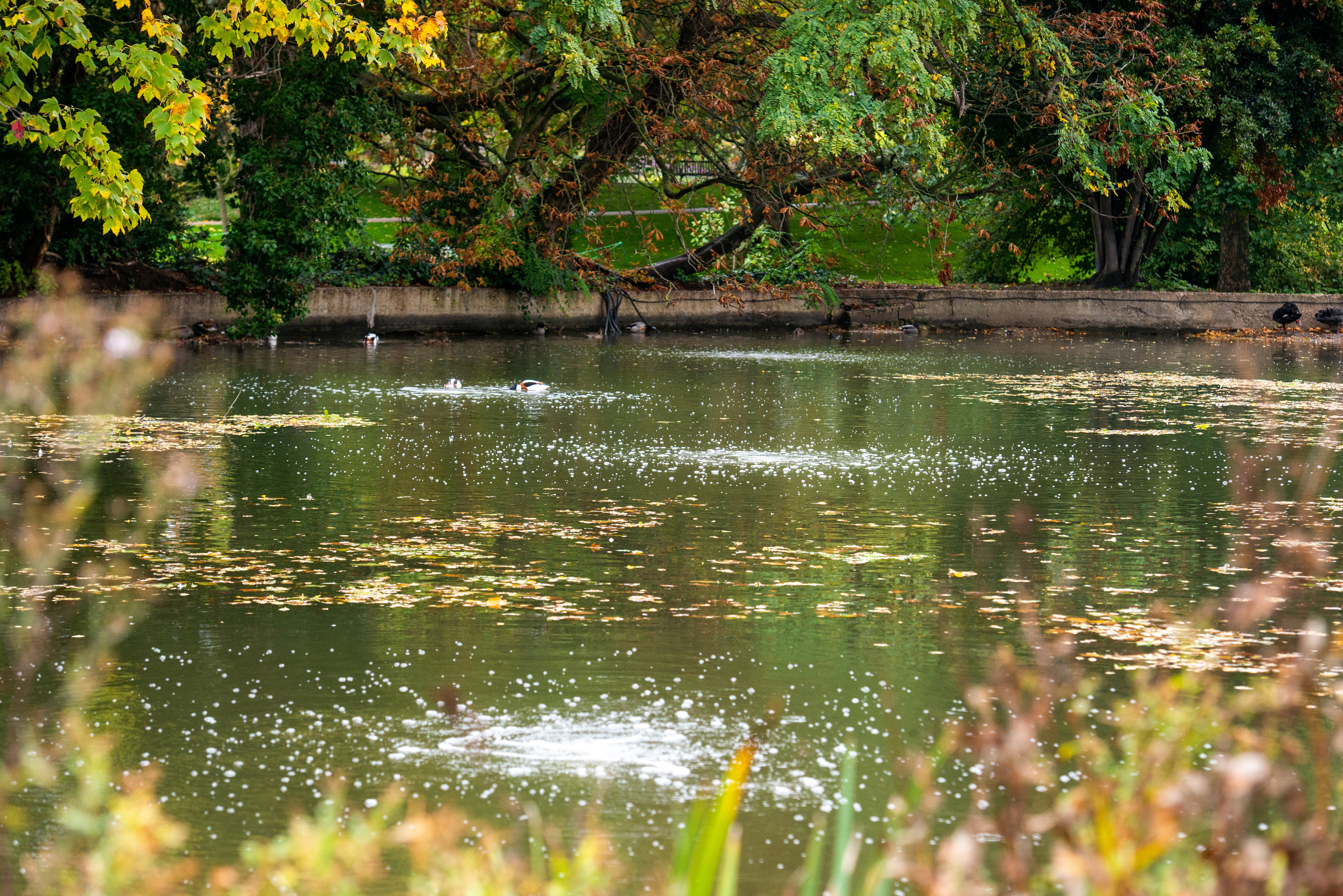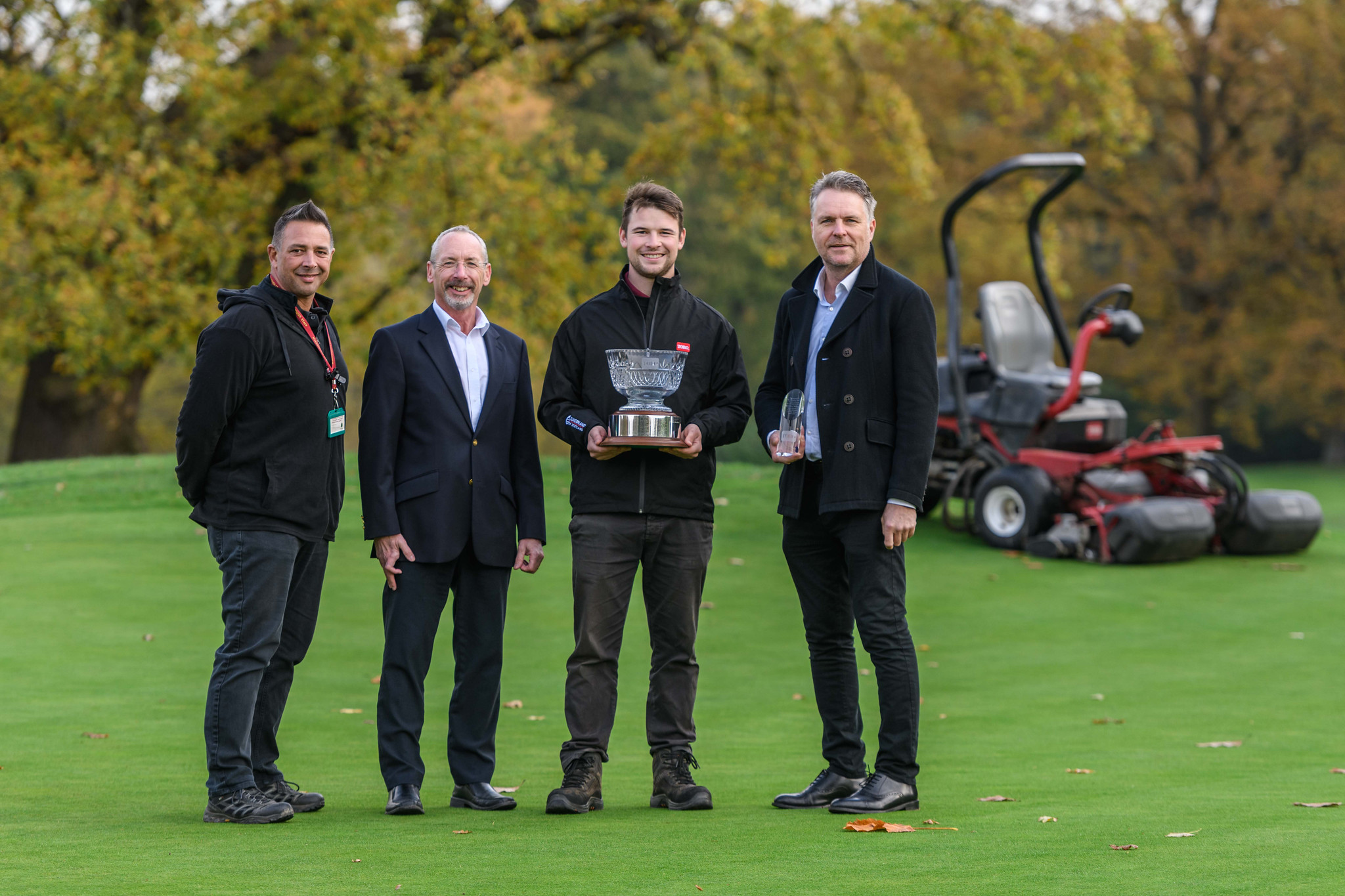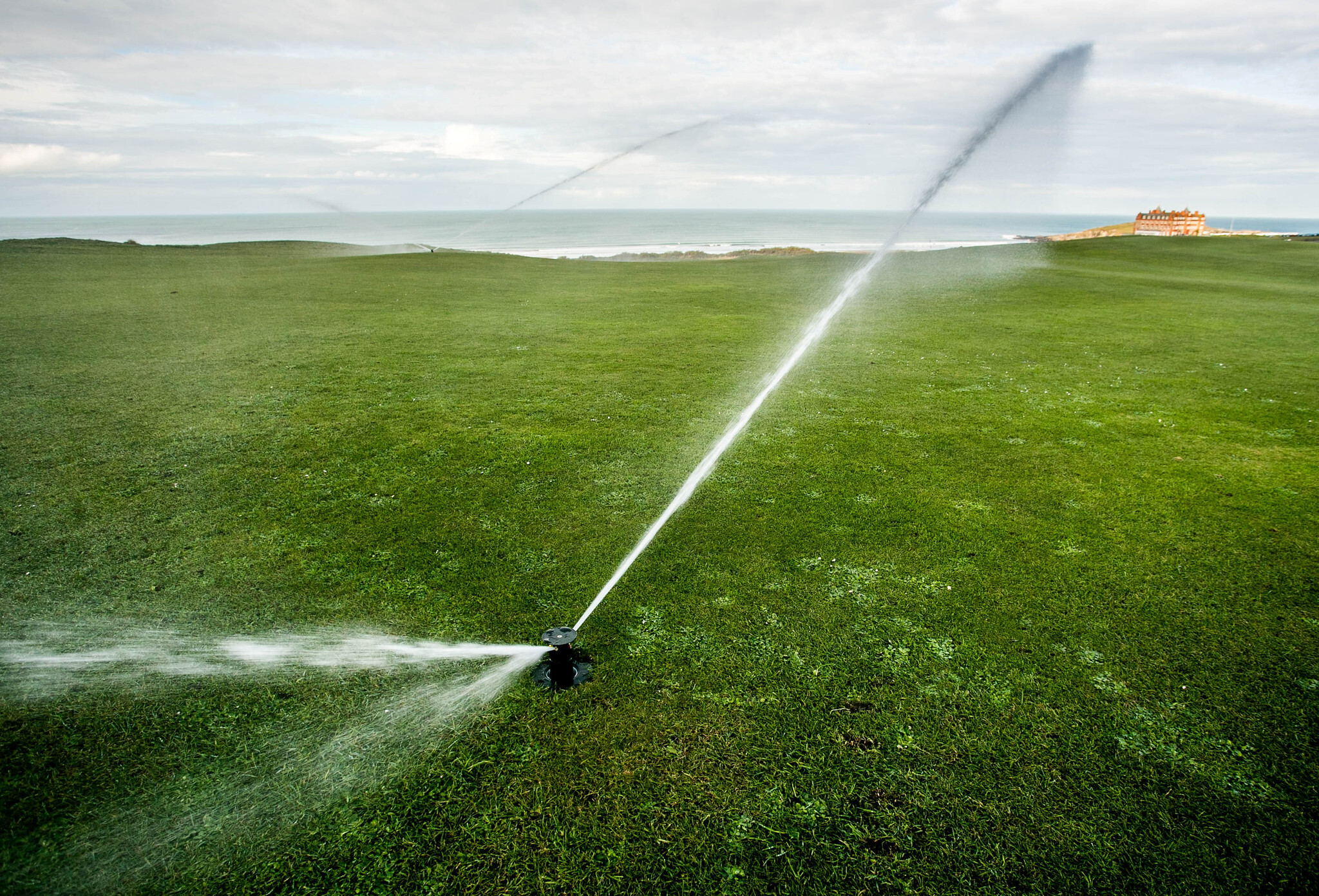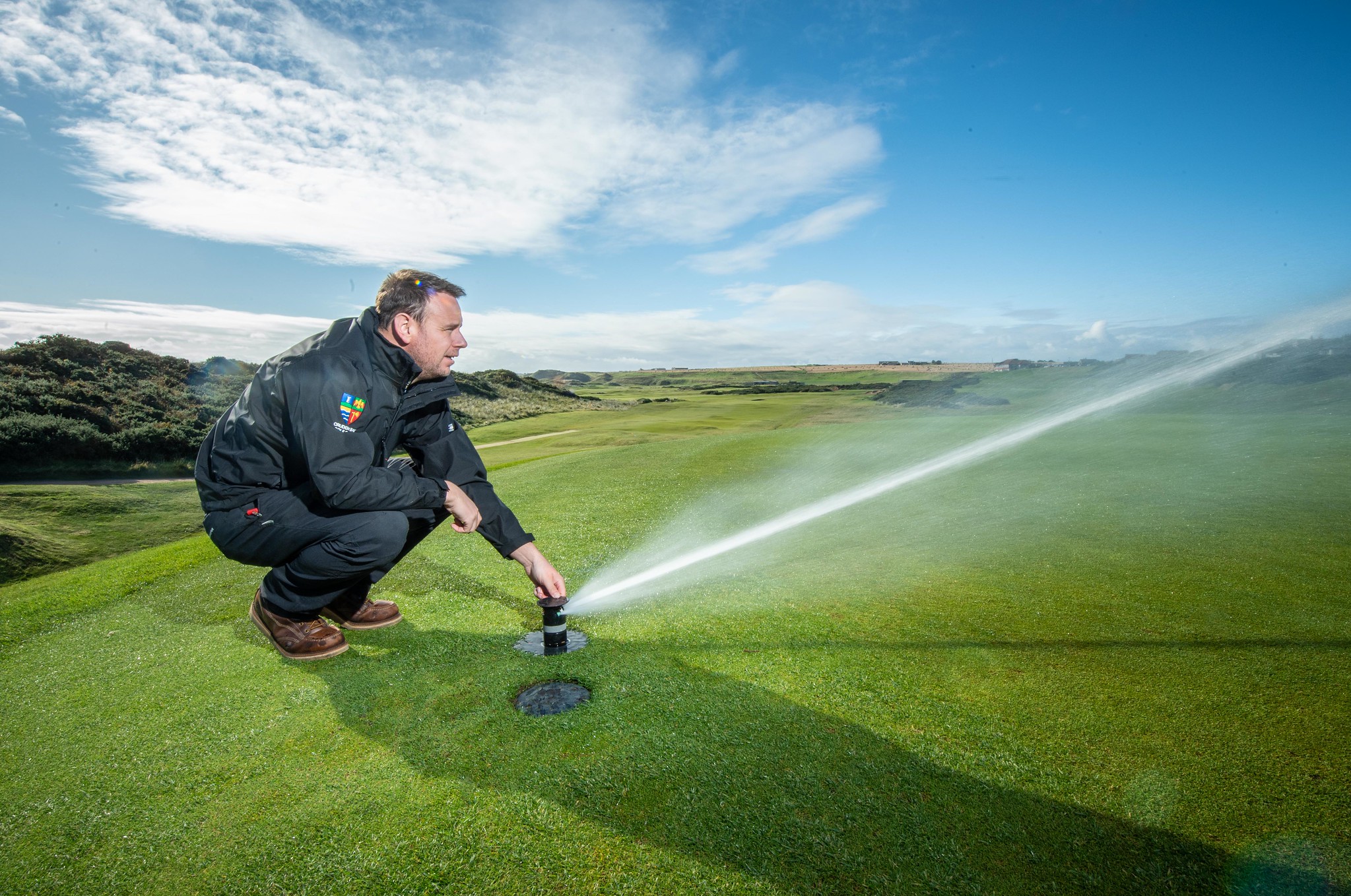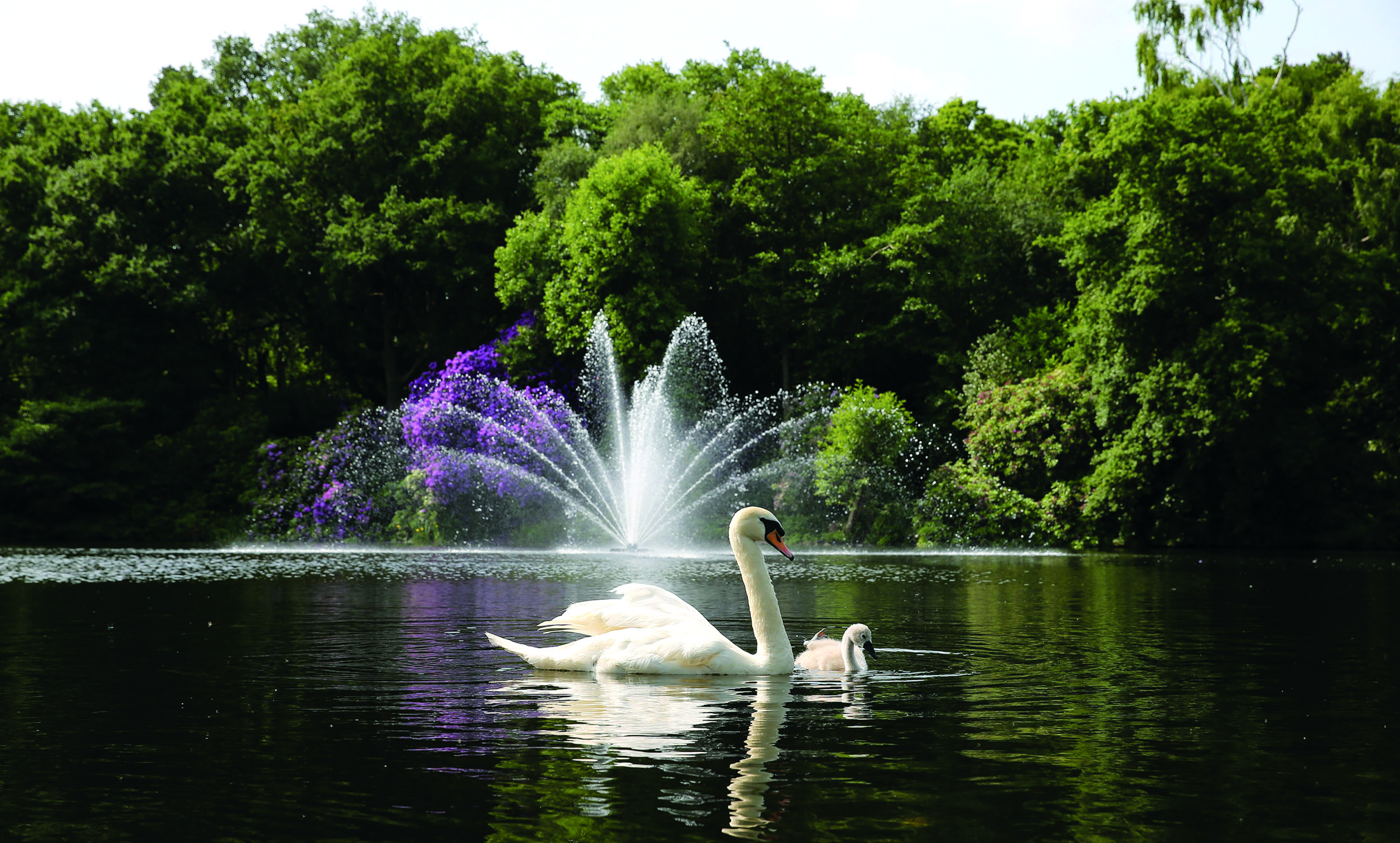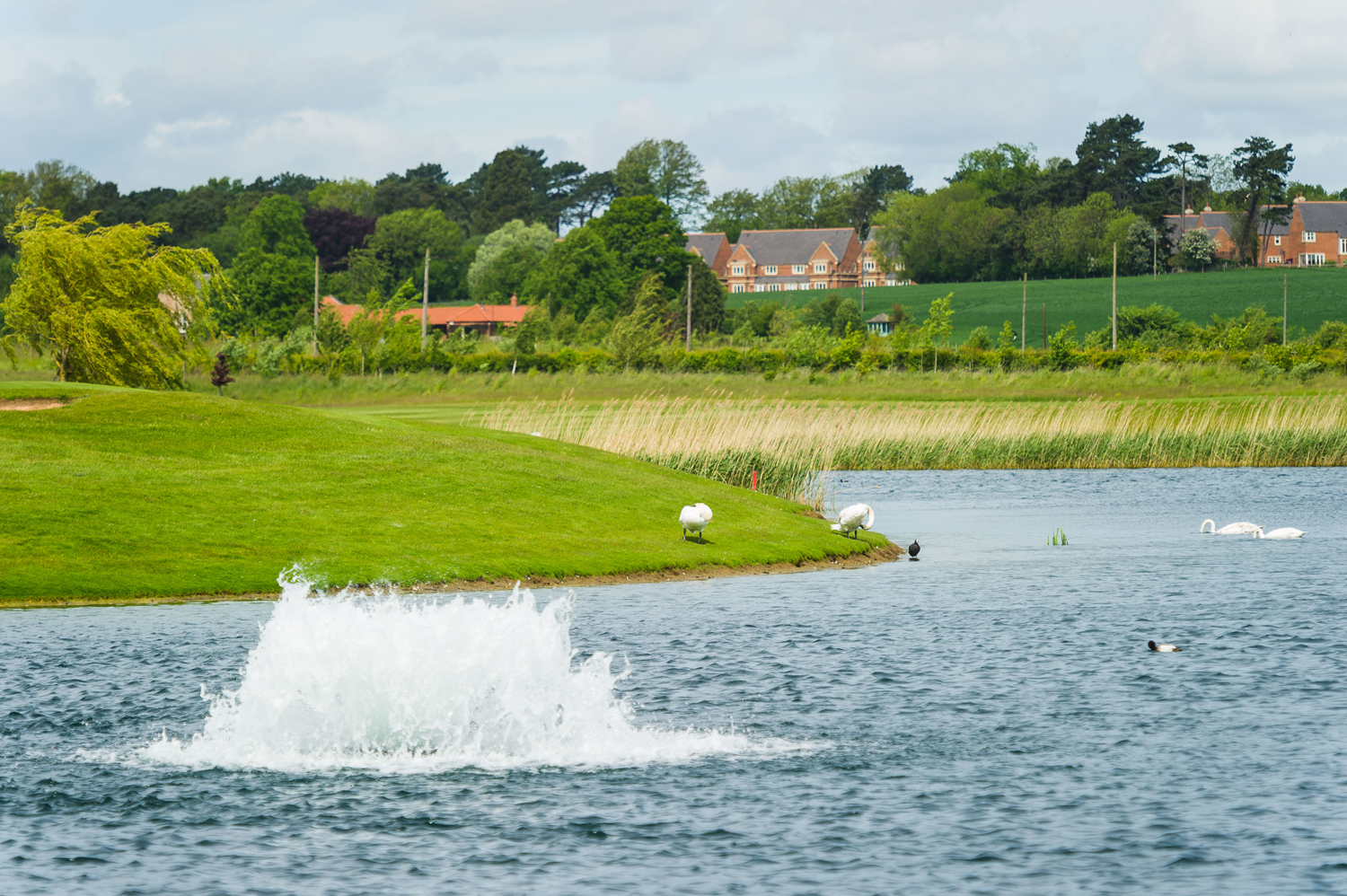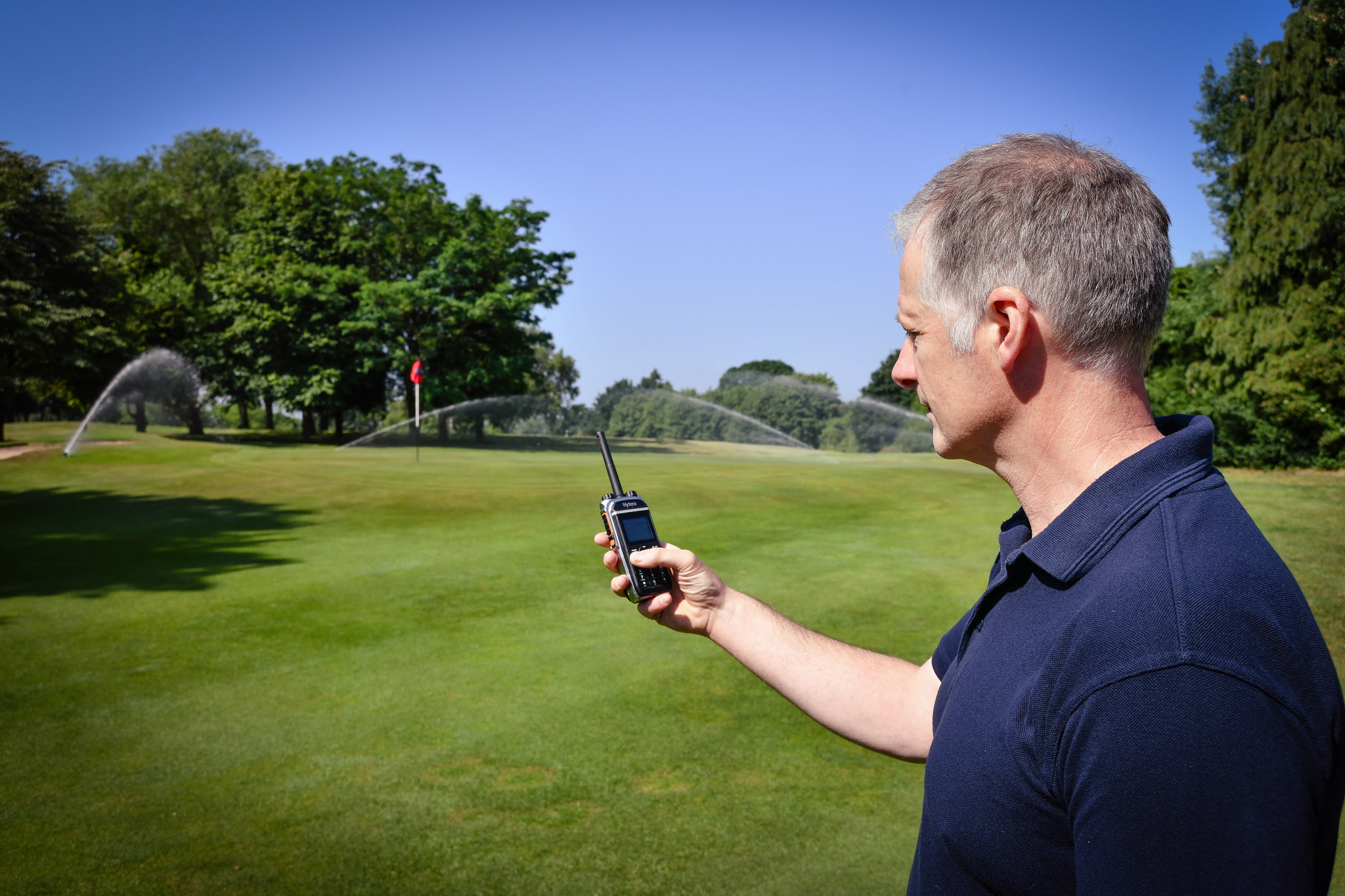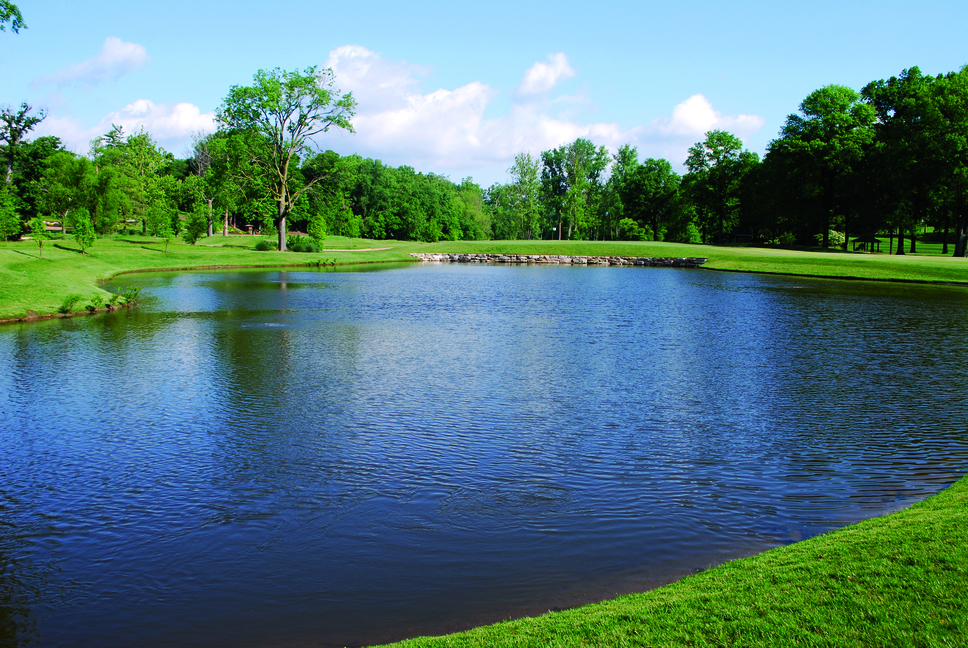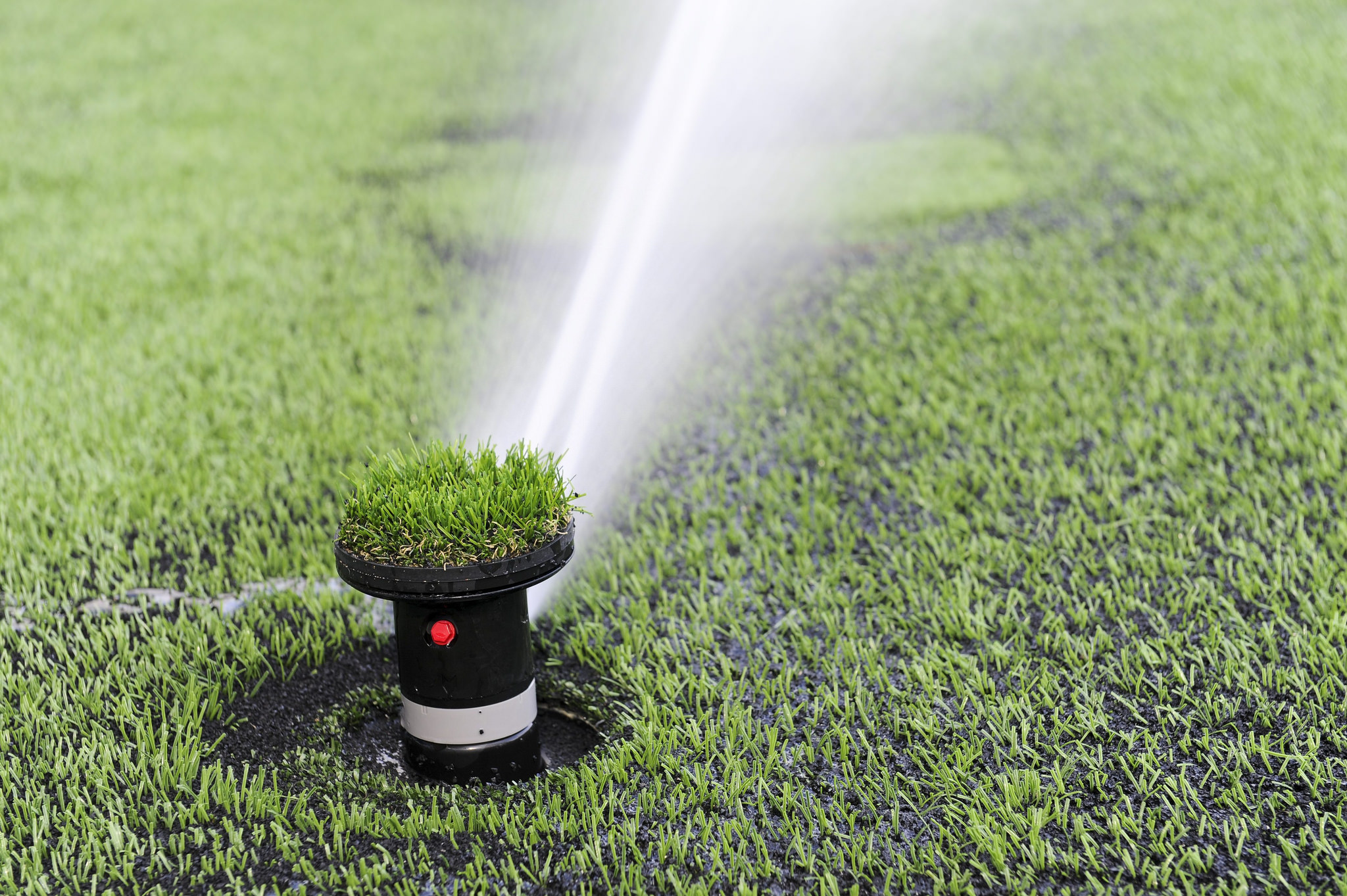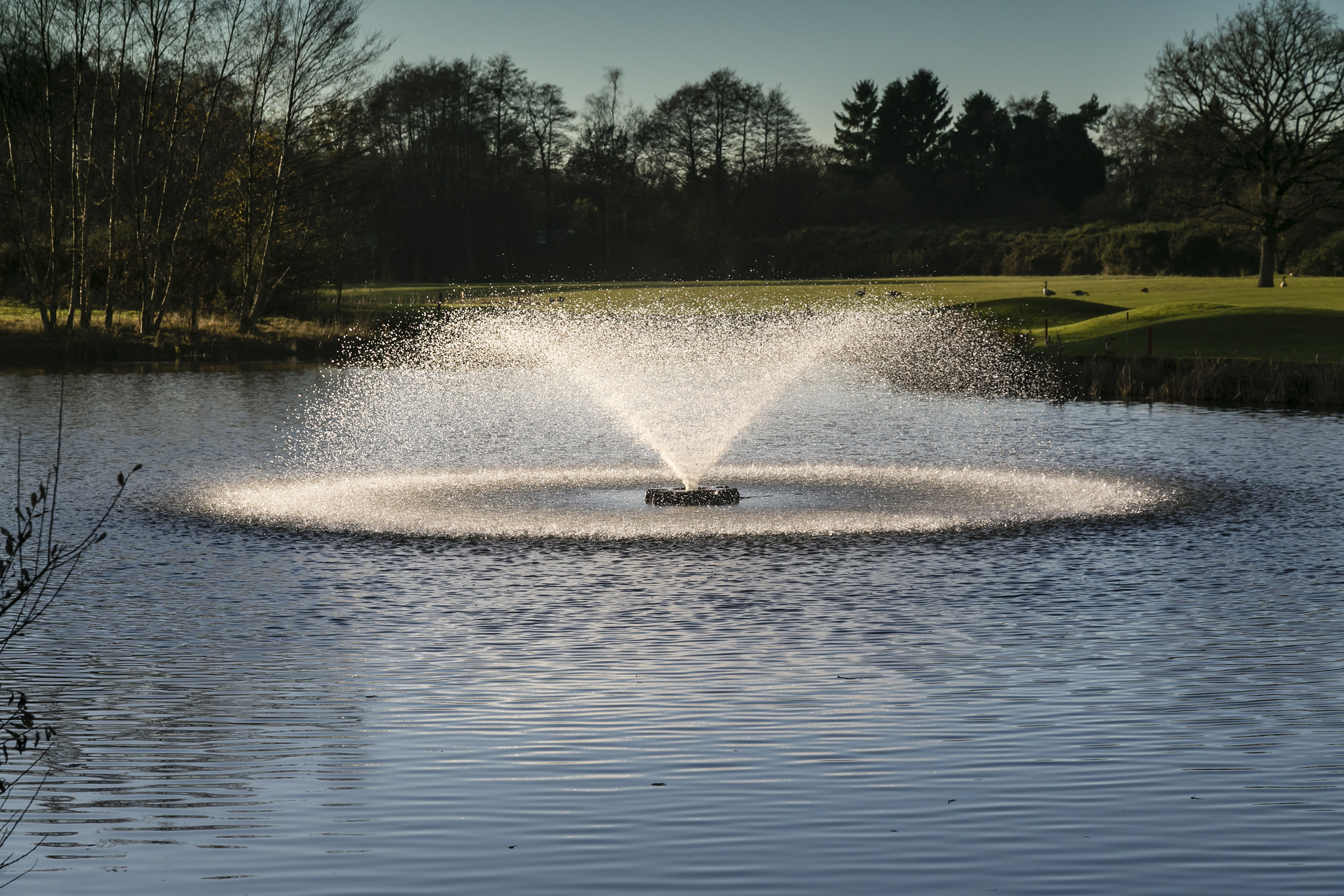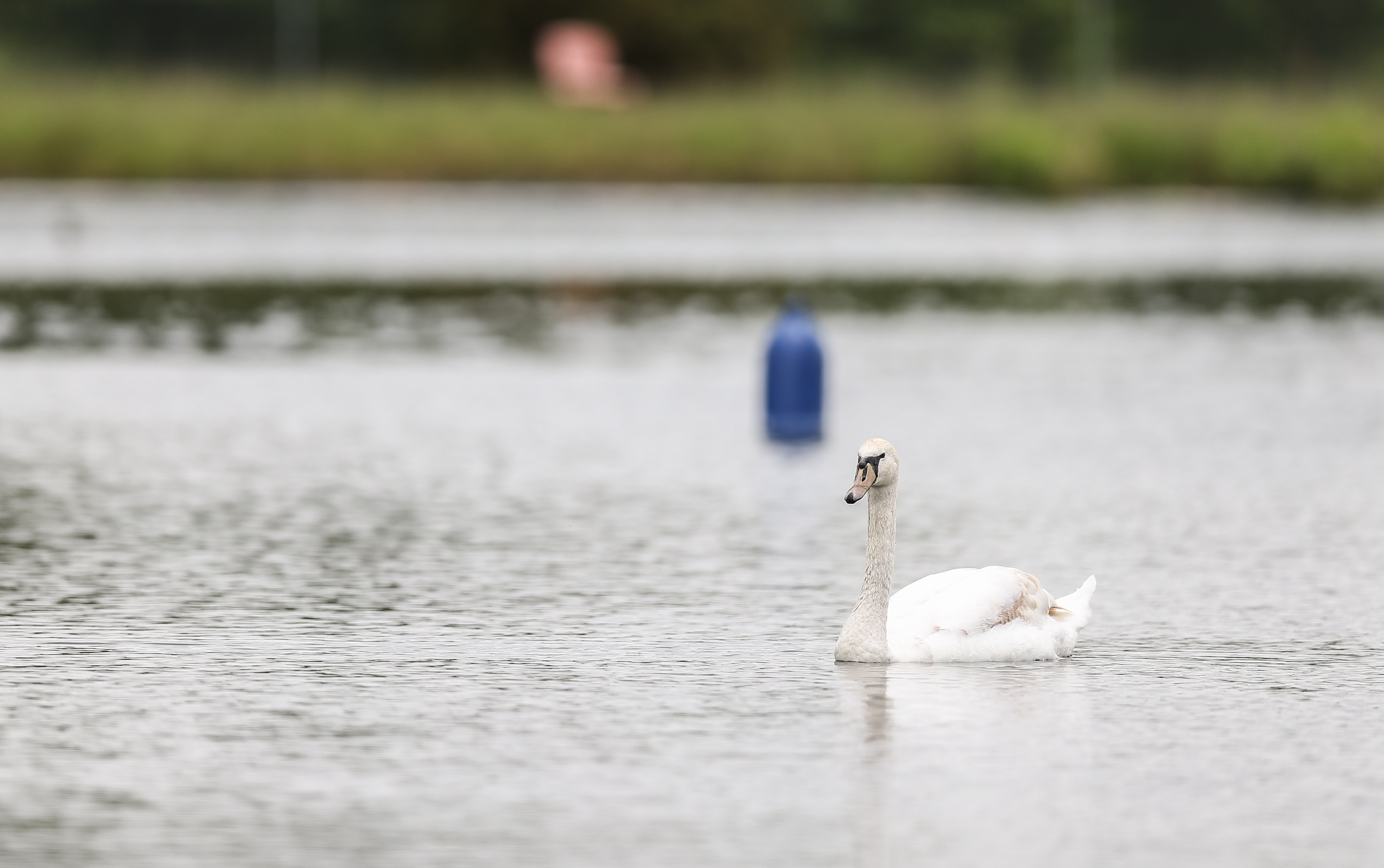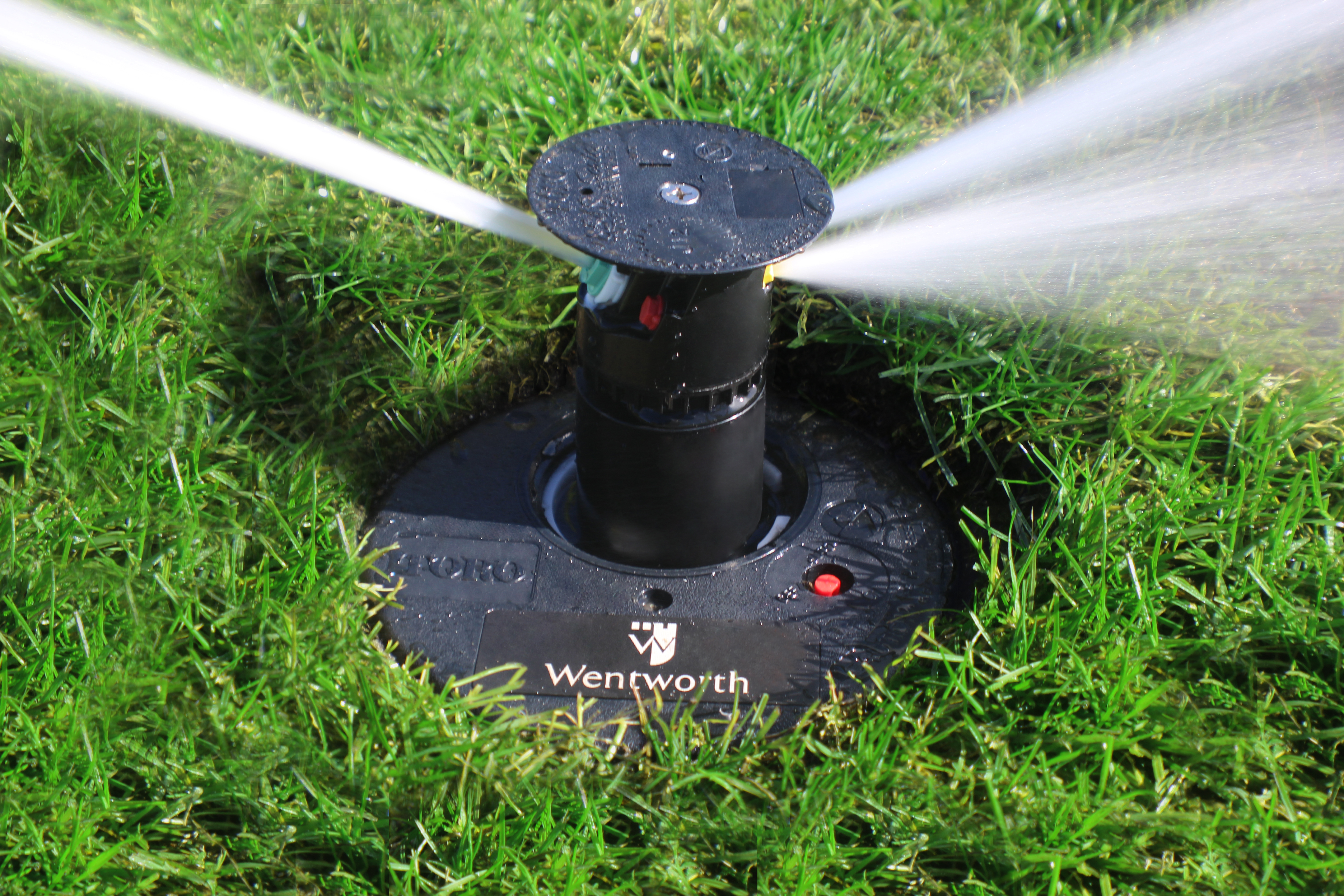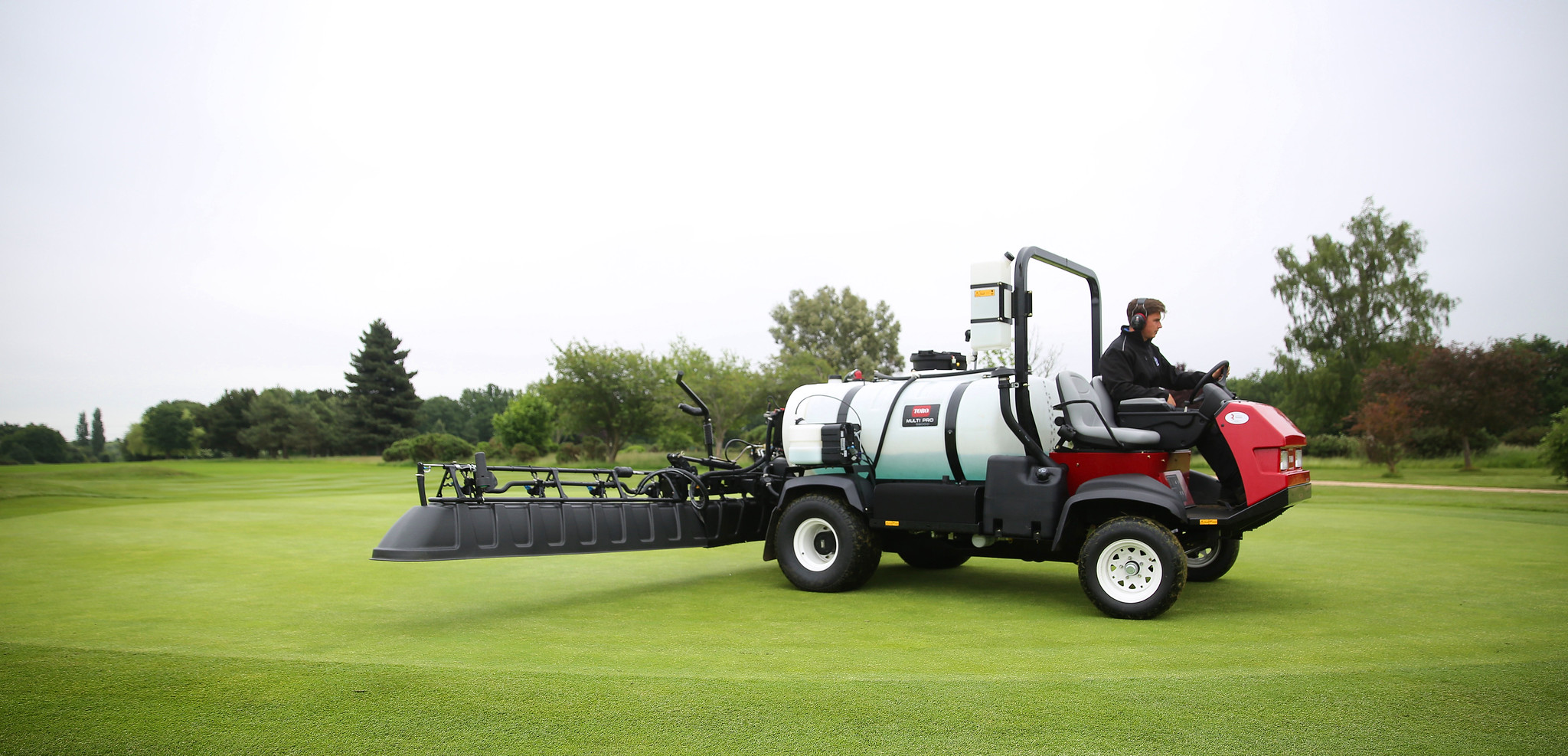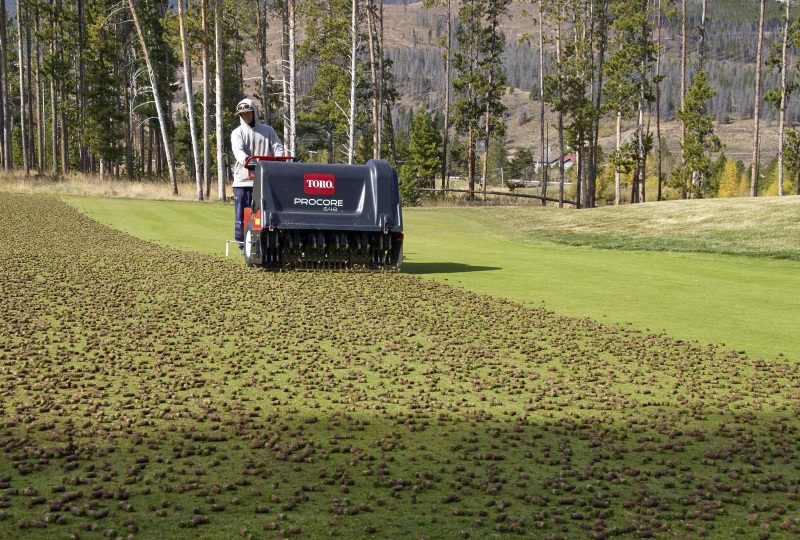- CONTACT US
- MOWERS
- VEHICLES
- APPLICATION
- Golf
- AERATORS
- VEHICLES
The Importance of Water Quality
CONTENTS
FEATURED STORIES

Reg Varney
Former International Regional Manager for Otterbine
Reading time: 8 minutes
Inside lake aeration and water quality
Water is one of the most precious of our recyclable resources and a source of natural beauty and recreation.
And the quality of that water is a critical factor in the successful management of any golf course, park, commercial or residential property. The sight and sound of it is a welcome addition to the environment, but without due care and attention lakes, ponds and reservoirs can quite often end up being more murky than magical. Poorly managed water will have a negative impact on the quality of the environment, irrigation systems, turf and the aesthetic value of the landscape.
Here Reg Varney, former international manager for water specialist, Otterbine, looks at the importance of water quality.
Consider the negative impact of ingesting polluted water and air. These same principles hold true in the aquatic ecosystem and in managing our golf courses, landscapes and properties. Oddly water is our most important natural resource, but it is far from understood.
The concept of water as a natural resource, which must be carefully managed, is becoming increasingly important as its appreciation increases. Yet it’s not just the amount of water used that is a concern, water quality has become a critical issue too.
Quite often we treat the visible symptoms of poor water quality such as excessive algae blooms, aquatic vegetation growth, bad odours, clogged sprinklers, valves and pumps, rather than prevent them.
By increasing your understanding of the problems that lead to water quality issues you’ll be better able to develop a balanced management and prevention programme for your water. As greenkeepers, course managers or property management professionals we’re all well aware of the responsibilities we have and our ability to have significant positive impact on the environment.
First let’s consider the main factors that impact water quality. The most significant factors are light, temperature, nutrients and oxygen.
Light
Sunlight is the primary source of energy. Most of the energy that controls the metabolism of a lake comes directly from the solar energy utilised in photosynthesis. Photosynthesis will occur only in the upper layer of the pond or euphotic zone as this is the only area in the water column that sunlight is able to penetrate.
Shallow bodies of water, which are less than 9ft/3m in depth, more commonly experience problems such as bottom-rooted weeds or benthic algae and need additional consideration when determining the correct water management solution.
Temperature
Thermal stratification, or mean temperature layering, impacts water quality in a lake due to its effect on dissolved oxygen levels, the way we measure how water holds oxygen. As the sun shines on the water’s surface it warms it and warmer water becomes lighter than cooler water, which is then trapped at the pond’s bottom. As a result the water becomes stratified, or separated into layers, and these layers do not mix together. This prevents any vertical mixing in the lake and encourages algae growth throughout the warm surface waters.
As water temperature increases, the water’s capacity to hold oxygen decreases. For example water at 52ºF/11ºC can hold over 40 percent more oxygen than water at 80ºF/27ºC.
Nutrients
There is a direct correlation in the level of available nutrients and the population of algae and aquatic weeds.
The term eutrophication applies to the increase in the nutrient load of a water body over time. It occurs in water bodies, such as lakes, estuaries or slow-moving streams and can cause the growth of planktonic algae and blue-green algae. This results in a depletion of available oxygen in the water and will bring about an unfavourable environment, which will lead to the death of aquatic animals including fish, bring about the loss of ecological diversity and cause bad smells.
Nutrients can come from many sources, such as fertilisers, the erosion of soil and sewage treatment plant discharges. Of all the nutrients, phosphorus and nitrogen are probably the two most widely talked about when it comes to water quality issues. Phosphorus has been identified as the single greatest contributor to aquatic plant growth with one gram of phosphorous producing 100 grams of algal biomass. It is also the most limiting element for algal growth since many blue-green algae are unable to utilise atmospheric nitrogen.
The three most common sources of nutrient introduction are bottom silt and dead vegetation in the lake, runoff water from surrounding turf areas and the sources of incoming water such as inlets:
1 Bottom silt and vegetation
Vegetative life in the water and sediment at the bottom are the primary sources of nutrients. Although they only have a two-week life cycle, blue-green algae can experience cell division and double their population as often as every 20 minutes. At the end of the cycle, the plants simply die and begin to sink to the lake’s bottom, or benthic zone.
Studies* have found that sediment can accumulate at a rate of one to five inches (2.5-12cm) per year in mild climates and at a rate of three to eight inches (6-16cm) per year in tropical climates. At a mid point accumulation rate of three inches (7cm) per year, a one surface acre (4000m2) lake will lose 80,000 gallons (300m3) of water storage capacity in a single year.
2 Surface runoff
The water available for surface runoff is the portion of the precipitation that is not lost via evapotranspiration and does not penetrate the surface soil to infiltrate the groundwater. Several factors affect surface loss of nutrients and pesticides including the amount of precipitation, soil moisture content previous to rainfall, the time of chemical application and the type of fertiliser applied.
Runoff can also come from surrounding turf areas as well as roads, farms and other outlying areas. This runoff is known as nutrient loading. Leaves, grass clippings and other materials will also runoff into the lakes, placing additional burdens on the lake’s natural clean-up processes.
3 Incoming water source
Nutrients are also added to lakes and ponds through inlet waters coming from wastewater treatment plants and leeching from septic systems. Often inlet waters have minimal oxygen and are loaded with phosphorus, an indication of excess phosphorus is foaming water.
Turf professionals have developed creative nutrient management approaches over recent years. Some courses have created buffer strips using plants such as reeds along waterways in order to trap sediment and act as natural filters. Others find the use of live bacteria and fungi to increase nutrient uptake. Certain grass varieties with pest resistance and tolerance to stress can be used, and integrated pest management through the use of natural predatory insects has become common practice on many golf courses.
Oxygen
Oxygen is important to all forms of life including all sorts of water life. It supports the food chain and aids the natural decomposition process. A lake is supplied with oxygen from several sources but primarily through photosynthesis and wave and wind action.
Immediate reactions to oxygen depletion would be fish deaths or lingering odours. Long-term issues include nutrient build-up, sludge accumulation and a chemical imbalance in the water. Oxygen depletion or stress situations occur for different reasons, but most typically happen during:
- Late at night and just before dawn
- Cloudy, still days
- Hot, humid days
- When the water’s nutrient content is high
- After a chemical application.
Nature has provided a clean-up process that will metabolise or decompose excess nutrients, this is called organic digestion and involves two types of naturally occurring bacteria present in all lakes and ponds. Known as aerobic and anaerobic bacteria, the most effective is aerobic bacteria, which only lives in the presence of oxygen. Highly efficient, they are roughly seven times faster in organic digestion than anaerobic bacteria. Anaerobic bacteria, on the other hand, exists in oxygen deficient water and soil and are much slower in breaking down nutrients, allowing soluble organic nutrients to recycle into the water column. Noxious by-products such as methane, ammonia and hydrogen sulfide are created by anaerobic decomposition.
Balance is critical to the aquatic ecosystem, without it water will suffer. There are many steps that can prevent an imbalance from occurring and knowing the causes will assist in determining the best solution for application. Some methods include proper pond construction, chemical applications and the addition of oxygen through aeration systems and devices.
Natural aeration is the ultimate, but when that fails the next best thing is a professional aeration. Creating currents that eliminate stagnant water, aeration mixes the cool water at the bottom of the lake, reservoir or pond with the warm water at the surface, thus helping to eliminate thermal stratification. It also replenishes the depleted oxygen encouraging the production and longevity of healthy aerobic bacteria that consume excess nutrients and returns the water to a healthy and stable ecosystem. Professional Otterbine aeration systems provide many benefits, but most importantly they improve water quality leaving clean, healthy ponds and lakes.
There are three types of aeration systems available:
Surface spray systems
Surface systems provide the best aeration and vertical circulation in lakes less than 15 feet deep. Mixing surface and bottom waters, they break-up the thermal stratification, while creating convection patterns that break-up mats and clumps of algae and discourage mosquitos from breeding.
Horizontal aspirators
Horizontal aspirators are ideal for lakes ranging from three to 12 feet in depth that will benefit from a strong directional flow. These aspirators create artificial currents in irregular shaped ponds and lakes, breaking up algae mats in stagnant waters. They are chosen when no spray pattern is desired.
Air diffusion systems
Onshore air compressors pump air to diffuser manifolds at the bottom of the pond or lake. Most effective in waters with depths greater than 15 feet, they can also work in waters as shallow as four feet. In general, any bottom diffuser loses roughly 50 percent of its aeration and mixing capacity for every three foot increment of depth shallower than 15 feet.
On a commercial level the difference a water feature can make is invaluable. Recently two customers – one a golf club and the other a commercial company – had the issue of stagnating water, which was starting to smell. Brickendon Grange Golf Club in Hertfordshire opted for surface spray aerators for its two problem ponds flanking the eighth and eighteenth holes. The Fractional five-in-one system chosen has brought clean, clear water to the ponds and at the same time created two new beauty spots for golfers to enjoy.
The Fractional aerating system can be relied upon to keep the ecosystem of any smaller area of water in perfect balance thanks to its ability to transfer an impressive 1kg/2.2lbs of oxygen per hp/hr and its pumping rate of 115m3/ph.
Similarly when the lake at the Ballycoolin branch of digital printing company Xerox in Dublin was at risk of becoming stagnant a Gemini aerating fountain was brought in and has transformed the landscape.
The 3hp surface spray aerator was favoured for its dual ability to circulate the water and provide a striking feature for office workers on the business park to enjoy. As functional as it is beautiful, the power of the Gemini allows it to move over three times more water than decorative pattern fountains delivering customers visibly healthy water as well as an appealing aesthetic.
Water quality management is a science and every lake, pond and reservoir is different. Hopefully this article will help you identify problems earlier, consider prevention rather than cure and provide some solutions to existing issues in order to create water features for everyone to enjoy for years to come.
* Studies at the University of Florida
July 2017
-
Factors affecting nutrient leaching
- Sandy soils are more prone to leaching losses than clay soils
- Nitrogen losses can be reduced by applying nitrogen in smaller amounts on a more frequent basis
- Mixing peat moss with sand significantly reduces nitrogen leaching compared to pure sand rootzones in the year of green construction.
Factors affecting nutrient leaching
Reesink UK LTD | 1-3 Station Road, St Neots PE19 1QF | Registered in England
Reesink UK LTD is authorised and regulated by the Financial Conduct Authority.


